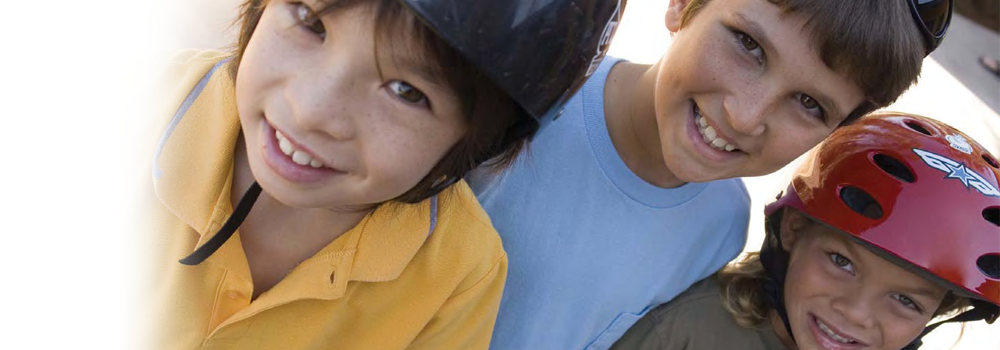It is almost impossible to prevent every accident, although there are things we
can do at home which might help. Minor cuts, bumps and bruises are a normal
part of growing up. Allowing your child to explore the world around them (with
supervision) helps them develop and learn. Most of your child’s bumps will
require no more than a cuddle to make them better. You will quickly
be able to tell by the noise of the bang, the reaction of your child and the colour
of the area affected, which are the more serious bumps. If your child has
unexplained bruising or injury, you need to find out how this happened.
If it looks like the bump may swell, use a cold flannel (soaking the cloth with
cold water) or ice pack (but don’t put ice directly onto the skin) to help reduce
swelling and to cool the area for at least a few minutes.
If your child has had a bump to the head and it looks serious or
symptoms worsen, call your GP. Read the information below.
One of the signs of a severe head
injury is being unusually sleepy, this
does not mean you cannot let your
child sleep.
You need to get medical
attention if:
They are vomiting persistently
(more than three times).
They are complaining it hurts.
They are not responding at all.
Pain is not relieved by sugar-free
paracetamol or ibuprofen.
If your child is tired from what’s
happened, or from crying, then it is
fine to let them sleep. If you are
worried in any way about their
drowsiness, then you should wake
your child an hour after they go to
sleep. Check they are okay and
responding normally throughout
the night.
Playing sport and doing regular exercise is good for your health, but can sometimes result
in injury. Half of activity-related accidents in the home involving children under 14 are
caused by trampolining, study of hospital admissions shows.
Use of protective equipment: Can be effective in reducing injury but is dependent on the
sport played. This includes helmets (e.g. in cycling, cricket and skiing),ankle braces,
mouthguards (e.g. in football, rugby and basketball), wrist and elbow guards (e.g. in skiing),
and eye goggles (e.g. in lacrosse).
Changing rules of play: Modifying rules of play to prohibit aggressive or dangerous
behaviour has been associated with a decrease in reported sporting injuries (e.g. in rugby
or American football where they have been associated with reductions in spinal cord
injuries).
Supervised play: Make sure your child attends supervised sessions with trained trainers.
1
After a fall, comfort
your child, check for
injuries, treat bumps
and bruises.
2
Give your child some
sugar-free paracetamol
and let them rest whilst
watching them closely.
3
Seek immediate help if they:

